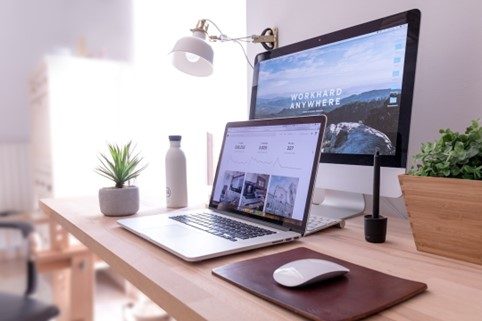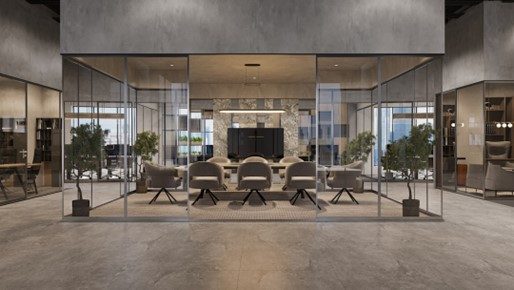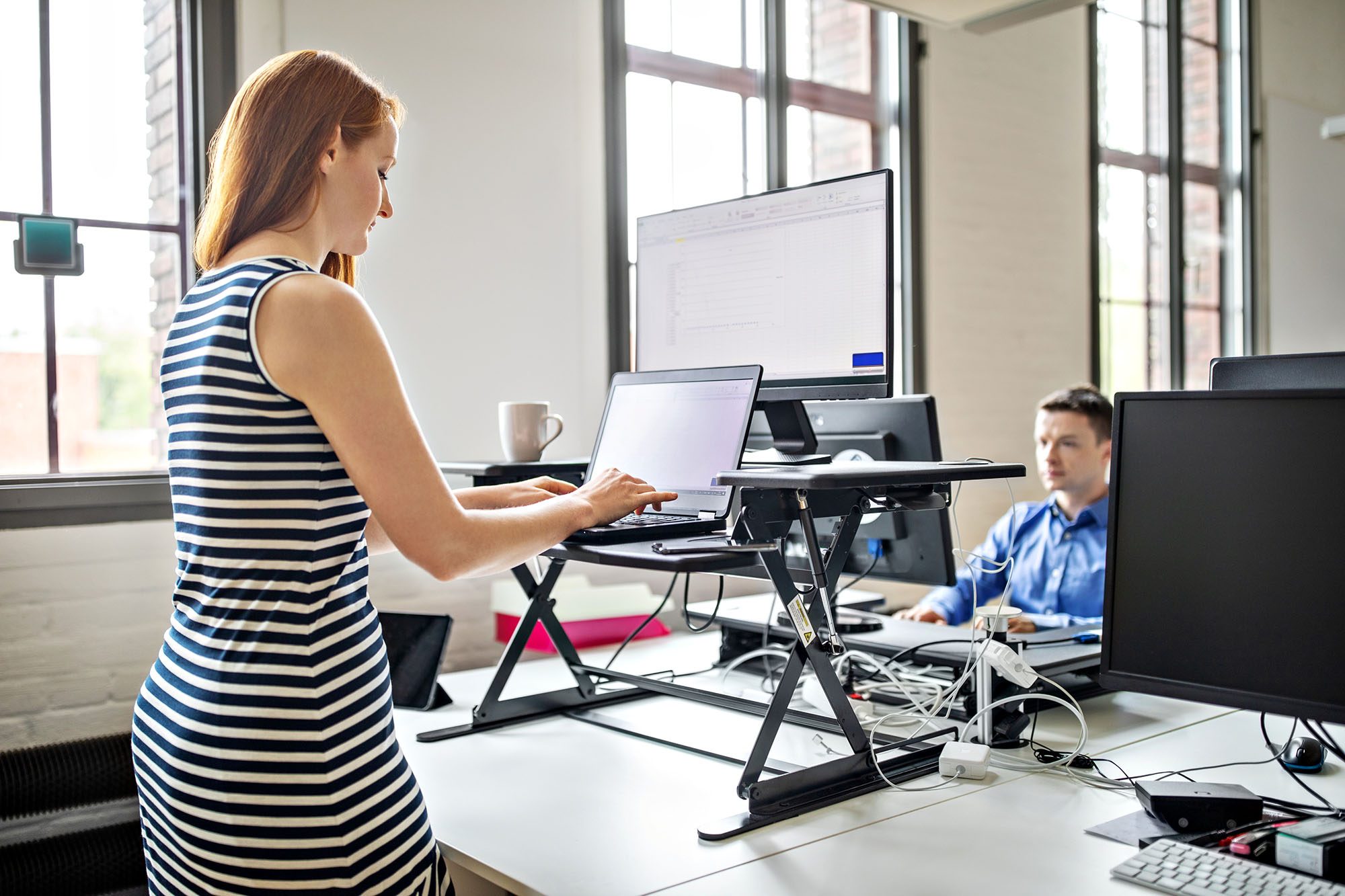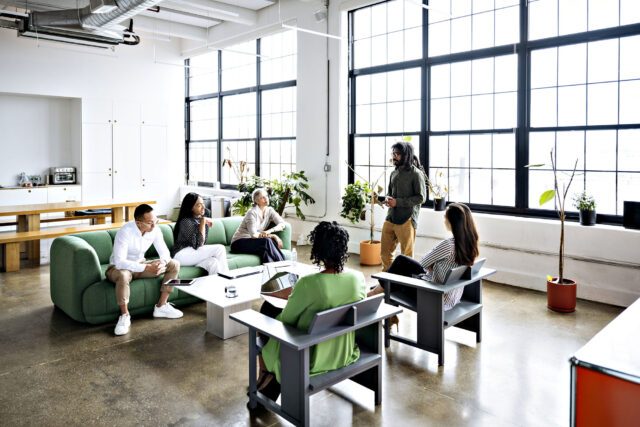
Employee Productivity and Well-Being
During our years in commercial renovations, UPPERAVENUE Construction Inc. has learned how innovative workspace design significantly enhances employee productivity and well-being in todays evolving work environments.

The Role of Workspace Design in Enhancing Employee Productivity
Workspace design plays a crucial role in influencing employee productivity and satisfaction. Modern workplaces are increasingly prioritizing collaboration, flexibility, and employee well-being as foundational elements to drive performance. Research indicates that a significant 68% of employees believe their workspace directly impacts their productivity. Furthermore, companies that invest in thoughtful workplace design can experience a remarkable 20% increase in employee performance, demonstrating a clear correlation between environmental factors and output levels.
The layout and aesthetics of a workspace can create an atmosphere conducive to productivity. For instance, a well-arranged office that considers both collaborative spaces and private areas tends to foster a balance that keeps employees engaged. In contrast, poorly designed office environments may result in higher levels of distraction and dissatisfaction among staff, ultimately hampering productivity.
The Importance of Natural Light
Natural light is a vital component in workspace design, as it significantly enhances mood and reduces eye strain, positively affecting circadian rhythms and improving sleep quality. Incorporating windows and skylights into office layouts can lead to a 6% increase in productivity, as employees benefit from maximised exposure to daylight. Moreover, workplaces that prioritise natural lighting contribute to a more refreshed workforce, which is directly linked to higher levels of employee engagement.
The impact of natural light extends beyond productivity; it also affects employee retention. A study found that employees are 15% more likely to remain with a company that provides a well-lit environment, highlighting the importance of lighting in creating a desirable workplace. Additionally, offices rich in natural light have demonstrated the ability to reduce absenteeism by up to 15%, underscoring its critical role in employee well-being.
Biophilic Design and Employee Well-Being
Biophilic design elements, such as indoor plants and the use of natural materials, can significantly enhance workplace satisfaction and productivity. These features can increase productivity by 15% and creativity by the same percentage, as integrating nature into workspaces reduces stress and fosters a positive atmosphere. Employees have consistently reported a preference for environments that incorporate greenery, linking contact with natural elements to improved mental health.
Furthermore, studies have shown that exposure to nature can lower blood pressure and cortisol levels, contributing to a healthier workplace overall. The incorporation of biophilic design creates a stimulating environment that encourages higher levels of innovation among employees, thereby enhancing overall organizational performance.
Effective Office Layouts
The type of office layout can have a profound effect on employee creativity and collaboration. Open space designs, for instance, foster interaction and creativity, enhancing both employee satisfaction and productivity. Conversely, traditional office layouts with separated cubicles may reduce distractions but can also hinder communication and teamwork.
To strike an effective balance, a mix of private and collaborative spaces can be beneficial, catering to different working styles and tasks. For instance, a company may incorporate quiet zones for focused work alongside communal areas for brainstorming sessions, allowing employees to switch environments based on their current needs. Implementing noise management strategies, such as acoustic panels, can also minimize distractions in open layouts, helping maintain focus.

The Role of Ergonomics in Workspace Design
Ergonomic furniture is increasingly recognised as a crucial aspect of workspace design, with 87% of employees expressing a preference for it due to its support for physical health and comfort. Workspaces designed with proper storage solutions not only reduce clutter but also enhance focus and productivity. Furthermore, adequate climate control and airflow are essential in creating a comfortable working environment, which can directly influence performance.
Research indicates that ergonomic interventions can reduce workplace injuries by up to 60%, showcasing the importance of ergonomics in the workplace. Additionally, employees using ergonomic furniture have reported a substantial 25% increase in job satisfaction, illustrating the positive effects of well-considered design on overall employee morale.

Flexibility and Adaptability in Workspaces
Flexibility in workspace design is vital for enhancing employee morale and productivity. Workspaces that provide varied environments for different tasks can significantly boost job satisfaction. Adjustable furniture and diverse work settings cater to individual employee needs, ultimately leading to improved performance.
The rise of remote work has also highlighted the importance of flexibility, allowing employees to create personalized work environments that enhance their productivity. Companies that offer flexible work schedules have reported a 30% increase in employee productivity, suggesting that accommodating diverse working preferences can yield substantial benefits. Customizable workspaces empower employees, fostering a sense of ownership and motivation in their roles.
Post-COVID-19 Trends in Workspace Design
The COVID-19 pandemic has led to significant changes in workspace design, with a noticeable shift towards hybrid workspaces that balance private and collaborative areas. Early in 2020, 57% of employees were working from home, prompting companies to rethink their design strategies to support employee well-being. At the beginning of 2024, the hybrid model of working was still in effect with over half of employees coming into the office for three days and working remotely for two days. This trend is expected to continue through 2025.
Research has indicated that spatial attributes, including thermal comfort and noise levels, significantly affect both productivity and mental health. The demand for wellness-focused design features, such as fitness rooms and relaxation areas, has surged by 40% since the pandemic, as organizations recognize the importance of employee health. Employers embracing flexible work arrangements have reported a 25% higher employee satisfaction rating, further showcasing the impact of adaptable designs on workplace dynamics.

The Future of Workspace Design and Employee Productivity
Innovative workspace designs are increasingly incorporating technology to enhance collaboration and communication among employees. The integration of virtual reality and augmented reality tools can facilitate remote teamwork and training, paving the way for a more interconnected workforce. Future workspaces are also expected to prioritise sustainability, with eco-friendly materials and energy-efficient designs becoming the norm.
Moreover, the trend towards personalized workspaces, where employees can customize their environments to suit their preferences, is gaining momentum. Companies that invest in future-ready workspaces are projected to increase their overall productivity by 15% within five years, indicating that thoughtful design can lead to significant long-term benefits.
For a more information on how UPPERAVENUE Construction Inc. can assist with any workplace renovation, give us a call at 1-657-834-8346 or e-mail info@upperavenueconstruction.ca.